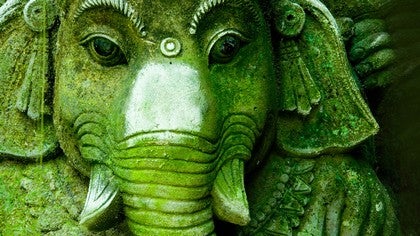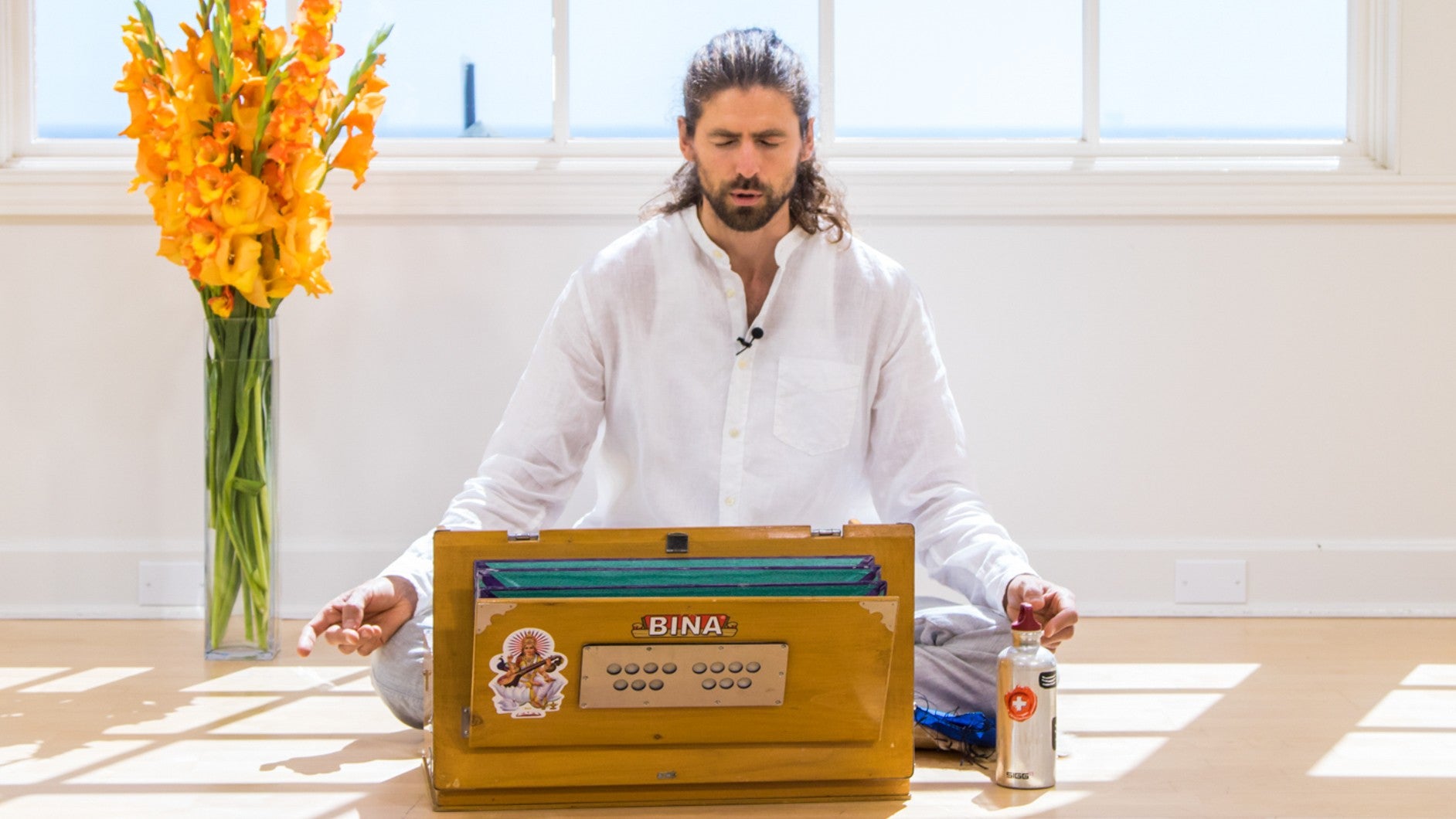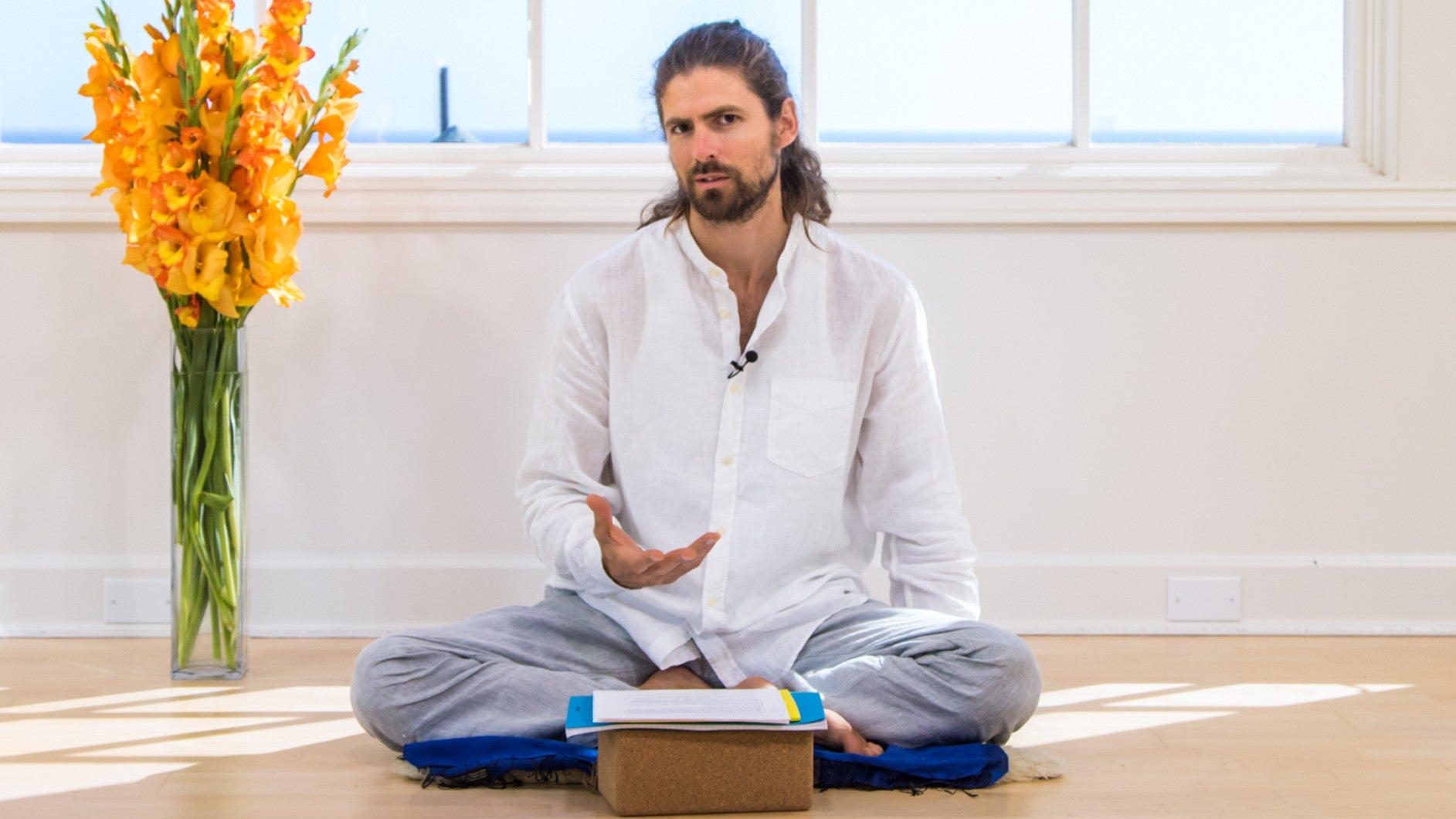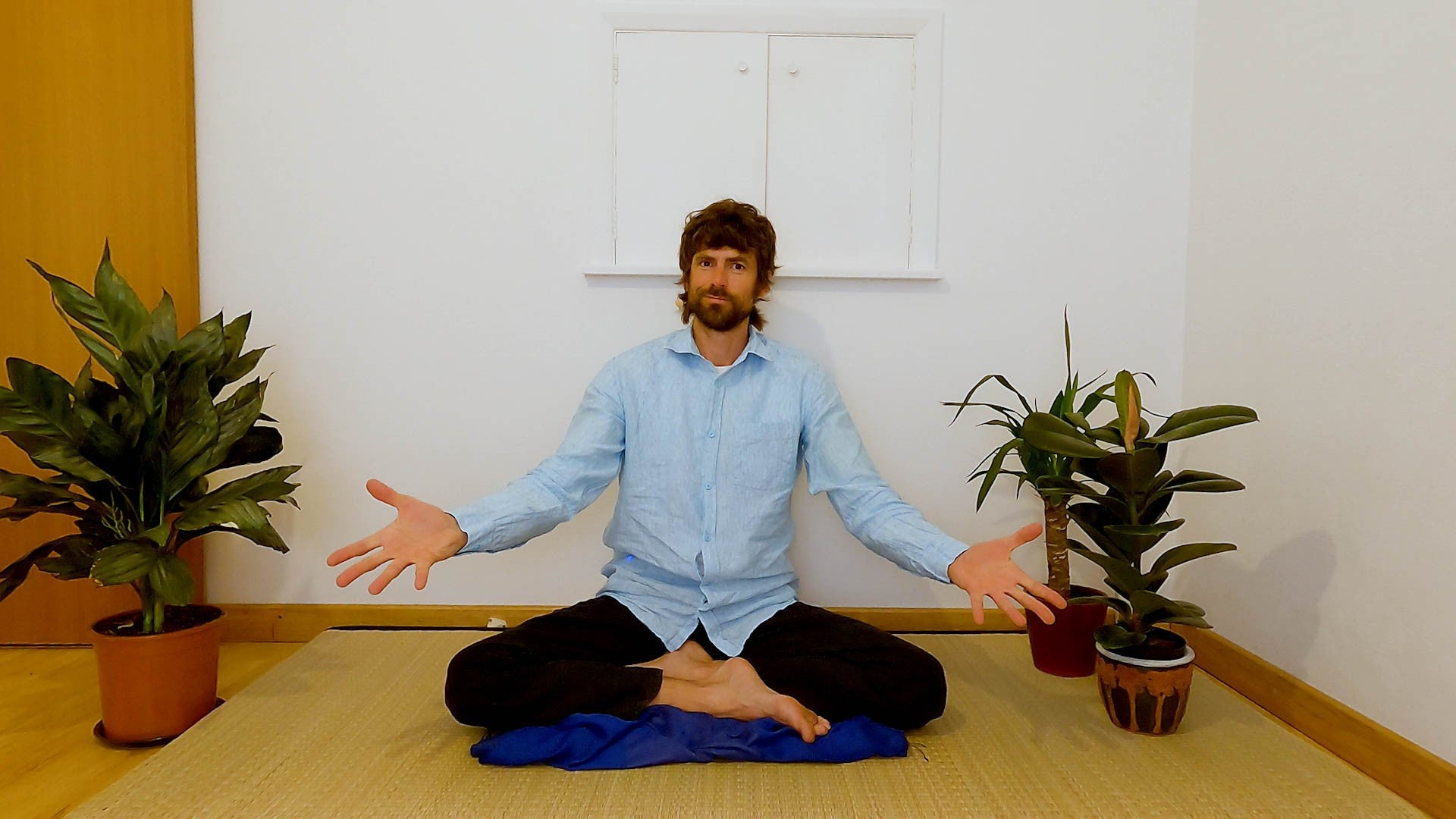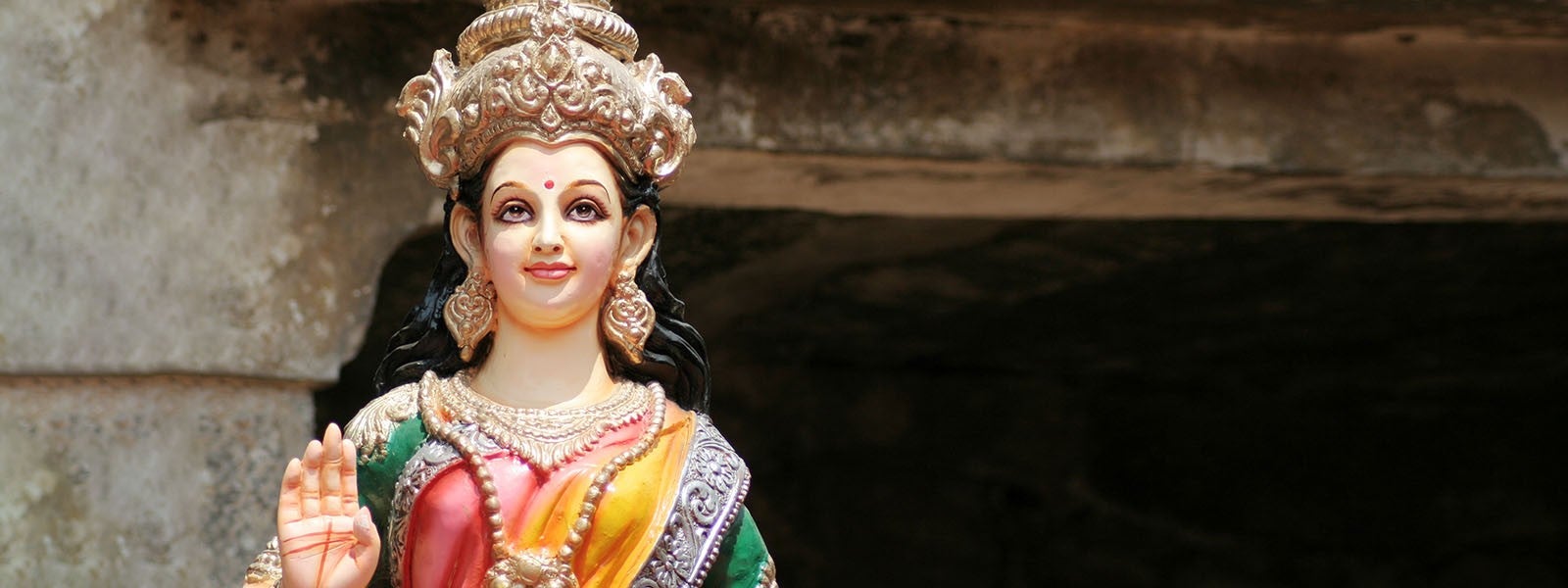
Sita's Story: The Grounding Support of Mother Earth
I've been studying mythology for many years now and there's one story that has always mystified me, baffled me, and given me all kinds of feelings!
The Story of Sita
In the ancient Sanskrit text, the Ramayana, the goddess Sita sprang as a baby from a furrow in the ground. A king discovered her in a field and raised her as his own, even though she was clearly the daughter of Mother Earth. Eventually, she became the beloved consort of Lord Rama and what happens after that is a long and wild story...
Thanks to a curse, Rama was banished to the forest for 14 years. To everyone’s surprise, the beautiful and wealthy Sita declared that she was going with him. Her friends and family tried to convince her to stay. They reminded her that if she went to the forest, she would have to give up her belongings her luxurious lifestyle. None of that mattered to Sita. She wanted to be with Rama.
While living together in the forest, Sita was kidnapped by the evil Ravana and taken to his island. Rama gathers an army of helpers, led by the monkey god, Hanuman, to get her back.
Upon her return, people began to gossip, whispering that Sita was unfaithful to Rama during her absence. She proclaimed her purity, her devotion, and her innocence. In fact, she was so strong in her beliefs that she instructed Rama’s brother, Lakshmana, to build a fire so that she could show them all how very pure she was.
A raging fire was ignited, with flames so high and hot that everyone had to step back. Sita prayed to the gods, requesting to be burned to ash if she was unfaithful. She entered the raging flames. Moments passed and the tension was palpable. Soon the fire began to die down, and they could see Sita standing in the center of it, unscathed. The raging flames reduced themselves to ashes, and Sita stood there shining like a jewel.
Nevertheless, days passed and people continued to gossip about Sita, so Rama asked her what she thought about doing another fire test. Sita said, "Oh my lord, there will always be someone who cannot be satisfied by any 'test' or any proof. Their convictions are hard-pressed in their psyche and no amount of genuine proof will convince them about the truth, for they do not want to get convinced. They are born to raise doubts about the truth itself." Given that there would always be someone casting doubt upon her, she asked Rama if he thought the answer was to fire test her every day. She asked him to do what he thought was best.
Shockingly, Rama decided to desert her. He made his brother take Sita deep into the forest to live the rest of her life in a humble ashram. Not long after her arrival in the forest, Sita looked at the ground and asked Mother Earth to open up and take her back. The earth separated in two, Sita stepped in, and she was never seen again. The baby who had been found in the soil became a woman who endured more trials and tribulations than anyone should, and in the end, she became the earth again.
Sita's Power & Independence
Sita is held up as the idea of the perfect wife - loyal, dutiful, and quiet in her suffering. The Sita archetype has been co-opted by culture, politics, and religion as a means of keeping women in their place.
The more I think about it, however, the more I think that Sita was actually the one with the power. Sita made her own choices. She chose to follow Rama into the forest the first time. She chose to walk into the fire to prove her purity. Finally, she chose to disobey Rama when he asked her to walk through fire again, and as a result, she ended up reuniting with nature. She realized she would never please everyone so she let go of trying.
A Lesson from Nature
The personification of nature, Sita came from the ground, sought out the forest, and she returned to the ground. In the end, Rama and the people of the kingdom suffered greatly without Sita.
Through all her life's difficulties, Sita never lost her grace. She took it all in stride, maintaining her independence and power. She got to spend her last days in her beloved forest and she returned to the waiting arms of her protective mother.
Remember, too, that the characters in these stories can be seen as parts of ourselves., with these energies existing within and around us. We are all Sita. We are all children of the earth, made from the very same material as the stars, the moon, and the soil we stand upon. We must honor nature through our actions and when we recognize that connection, our lives become infinitely more rich.
I will leave you with a simple meditation from the Buddha that you can recite anywhere, anytime, to remember who you are:
Earth inside, earth outside, same.
Water inside, water outside, same.
Fire inside, fire outside, same.
Wind inside, wind outside, same.
Comments

You need to be a subscriber to post a comment.
Please Log In or Create an Account to start your free trial.





